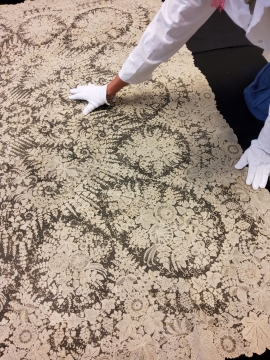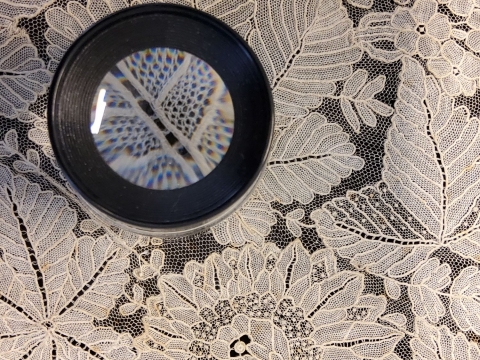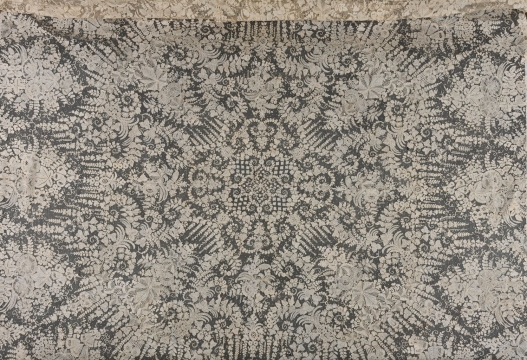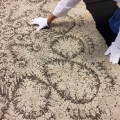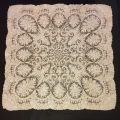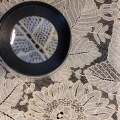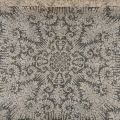c. 1860–1880
Material / technique:
Needle lace (point de gaze)
Dimensions:
200 x 195 cm
Type of acquisition:
Acquired by the Marie-Jeanne Dauchy Fund
Year of acquisition:
2025
Depository institution:
Fashion & Lace Museum, Brussels
